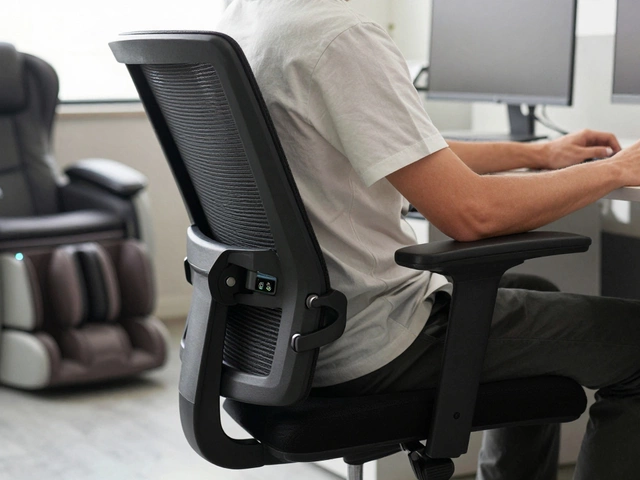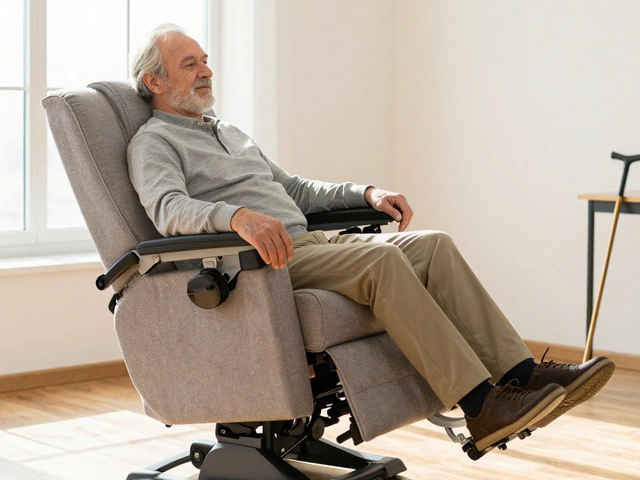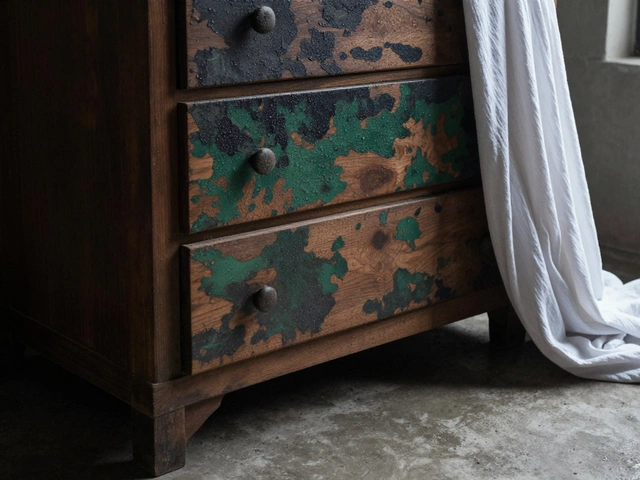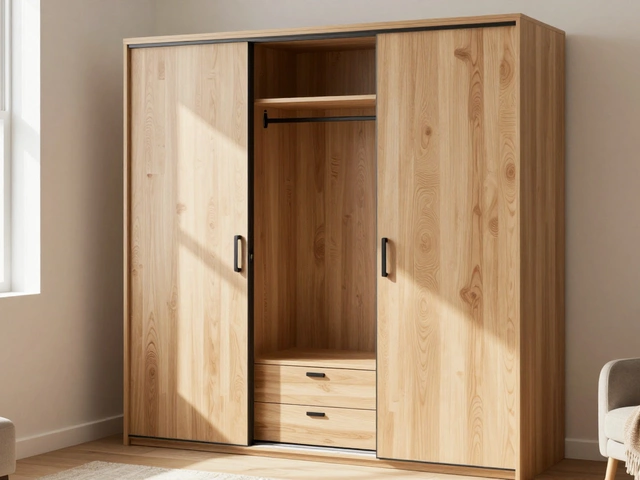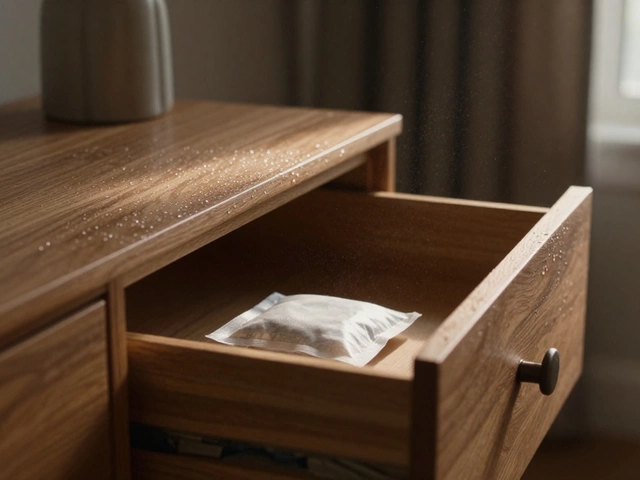Comfortable Sofa: How to Choose the Best Cozy Couch
When you sit down on a sofa, you want it to feel like a soft landing spot, not a hard board. A comfortable sofa can turn a living room into a chill zone and make movie nights way more enjoyable. Below are the things that actually matter when you’re hunting for that perfect couch.
Key Features That Make a Sofa Comfortable
Supportive frame. The backbone of any good sofa is a sturdy frame—usually kiln‑dried hardwood or steel. A weak frame lets cushions sag fast, and nobody likes a sagging seat.
Cushion core. Look for high‑density foam, pocket springs, or a blend of both. High‑density foam holds its shape, while pocket springs add a bit of bounce. A layer of down or feather on top can give that plush feel, but remember it needs regular fluffing.
Seat depth and height. Measure the space where you’ll put the sofa. A typical seat depth is 20‑22 inches; deeper seats are great for lounging, while shallower ones suit upright seating. Seat height around 18 inches works for most people, but taller folks might want a bit higher.
Fabric and cover. Natural fibers like cotton or linen breathe, while microfiber resists stains. If pets or kids are around, choose a removable, washable cover. Leather looks sleek, but it can feel sticky in hot weather.
Arm style. Low arms create a modern vibe and make it easier to get in and out. High arms give extra padding for leaning. Pick the style that matches how you use the sofa.
Practical Tips for Buying the Right Sofa
Start by setting a budget. A solid, comfortable couch can cost anywhere from $500 to $3000. Don’t chase the lowest price; cheap sofas often have low‑grade frames and thin cushions that need replacing soon.
Take measurements. Measure your room’s width, depth, and the entry door. Add a few inches for clearance, especially if the sofa needs to go through a tight hallway.
Test it out. Sit, lie down, and press the cushions. They should feel firm enough to support you but soft enough to sink into. Ask the retailer about warranty on the frame and cushions.
Consider the sofa’s purpose. If you binge‑watch shows, a deep, reclinable seat is ideal. If you host dinner parties, a tighter, upright design helps people move around.
Don’t forget care. A sofa with removable covers is easier to clean. Spot‑clean spills right away and rotate cushions every few months to keep wear even.
Finally, think about the vibe you want. Neutral colors like gray or beige blend with most décor, while a bold hue can become a room’s focal point. Whichever you choose, make sure it feels inviting the moment you sit down.
Choosing a comfortable sofa isn’t rocket science—you just need to focus on frame strength, cushion quality, size, and fabric. Follow these tips, and you’ll land a couch that stays comfy for years, turning your living room into the ultimate hangout spot.
What’s the Best Material for a Comfy Sofa?
Finding the most comfortable material for your sofa isn't just about looks—it's about enhancing your relaxation experience at home. This article explores different sofa materials, weighing their pros and cons in terms of comfort, durability, and style. It covers everything from the plush feel of velvet to the practical nature of leather and even the cozy warmth of microfiber. With handy tips to guide you, you'll learn how to select a sofa material that suits your lifestyle and personal comfort preferences. Whether you're a movie marathoner or a casual lounger, this guide helps you find the perfect fit for your couch time.

